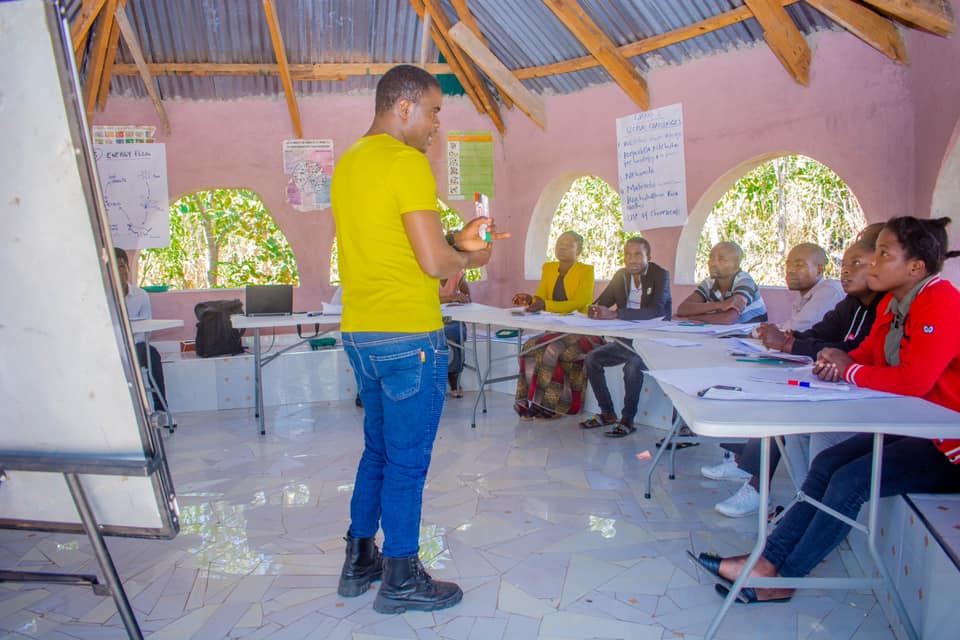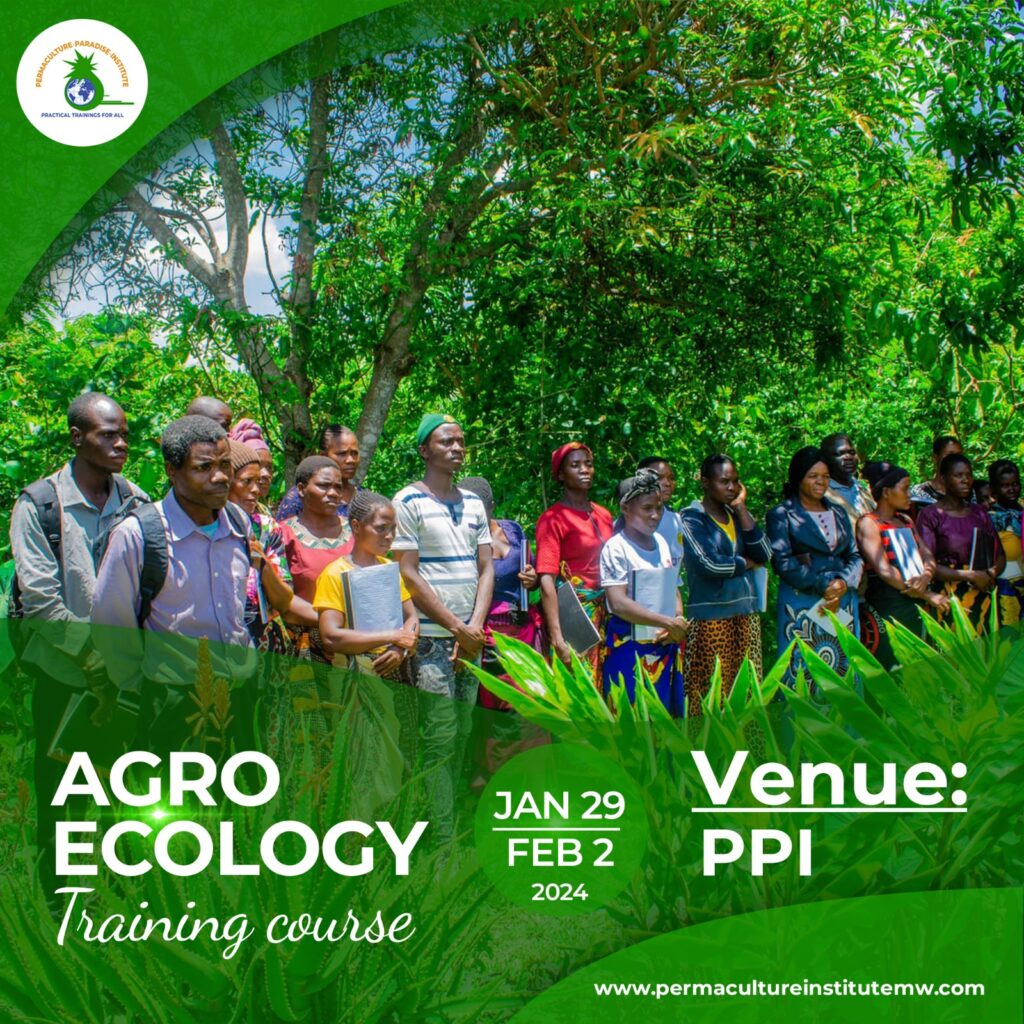On Day 5 of the international 72-hour Permaculture Design Certificate (PDC) course, participants immersed themselves in the individual base mapping exercise. This pivotal activity transformed abstract permaculture principles into tangible designs, marking a significant milestone in their journey to becoming skilled permaculture practitioners. In this post, we reflect on the experiences and insights gained during this crucial phase of the course, highlighting how these foundational exercises pave the way for impactful permaculture projects.
The base map is our canvas, a blank slate that holds endless possibilities. It’s more than just a piece of land; it’s the beginning of a dream, a vision waiting to be brought to life. Each participant, armed with pencils, rulers, and a deep sense of responsibility, starts by meticulously surveying their chosen plot. The boundaries, contours, existing structures, water sources, and vegetation are all noted with precision. This foundational step ensures that our future designs are rooted in reality, harmonizing with the land’s natural rhythm.
As the day progresses, the maps start to take shape. Lines and shapes dance across the paper, each representing an aspect of the landscape. Contour lines weave like gentle waves, hinting at the topography’s undulations. Dotted lines mark pathways and boundaries, while shaded areas denote zones of different uses. This exercise is not merely about drawing; it’s about seeing the land through the eyes of a designer, understanding its unique characteristics and potential.
Base mapping is where art meets science. It requires a keen eye for detail and an understanding of ecological principles. Every element on the map must be thoughtfully placed. The placement of a pond, the orientation of garden beds, the location of windbreaks – all are decisions that will impact the efficiency and sustainability of the design. This is where the principles of permaculture come into play: observe and interact, catch and store energy, obtain a yield, apply self-regulation and accept feedback, and so forth. Each principle is a note in the symphony we are composing.

As the maps near completion, they begin to tell a story. They are not just representations of the current state of the land but blueprints for its future. We imagine lush gardens brimming with vegetables, orchards heavy with fruit, ponds teeming with life, and homes powered by the sun. Each map is a testament to the designer’s vision, creativity, and understanding of permaculture principles.

The day concludes with a reflection on the exercise. Participants share their maps, discussing challenges and insights. There is a sense of camaraderie and collective learning. Each map is unique, reflecting the diverse landscapes and visions of the participants, yet all are united by the common goal of creating sustainable, regenerative designs
Day 5 of the PDC course is a milestone. The individual base mapping exercise is more than a task; it’s a journey into the heart of permaculture design. It’s a day of learning to see the land not just as it is, but as it could be a thriving, harmonious ecosystem that supports both people and nature. As we pack away our tools and maps, there’s a palpable excitement for the days ahead. The seeds of knowledge planted today will grow, bearing the fruits of sustainable living and holistic design.
In the grand scheme of the PDC course, Day 5 is where the abstract begins to become tangible, where dreams start to take form on paper, ready to be brought to life on the land.



